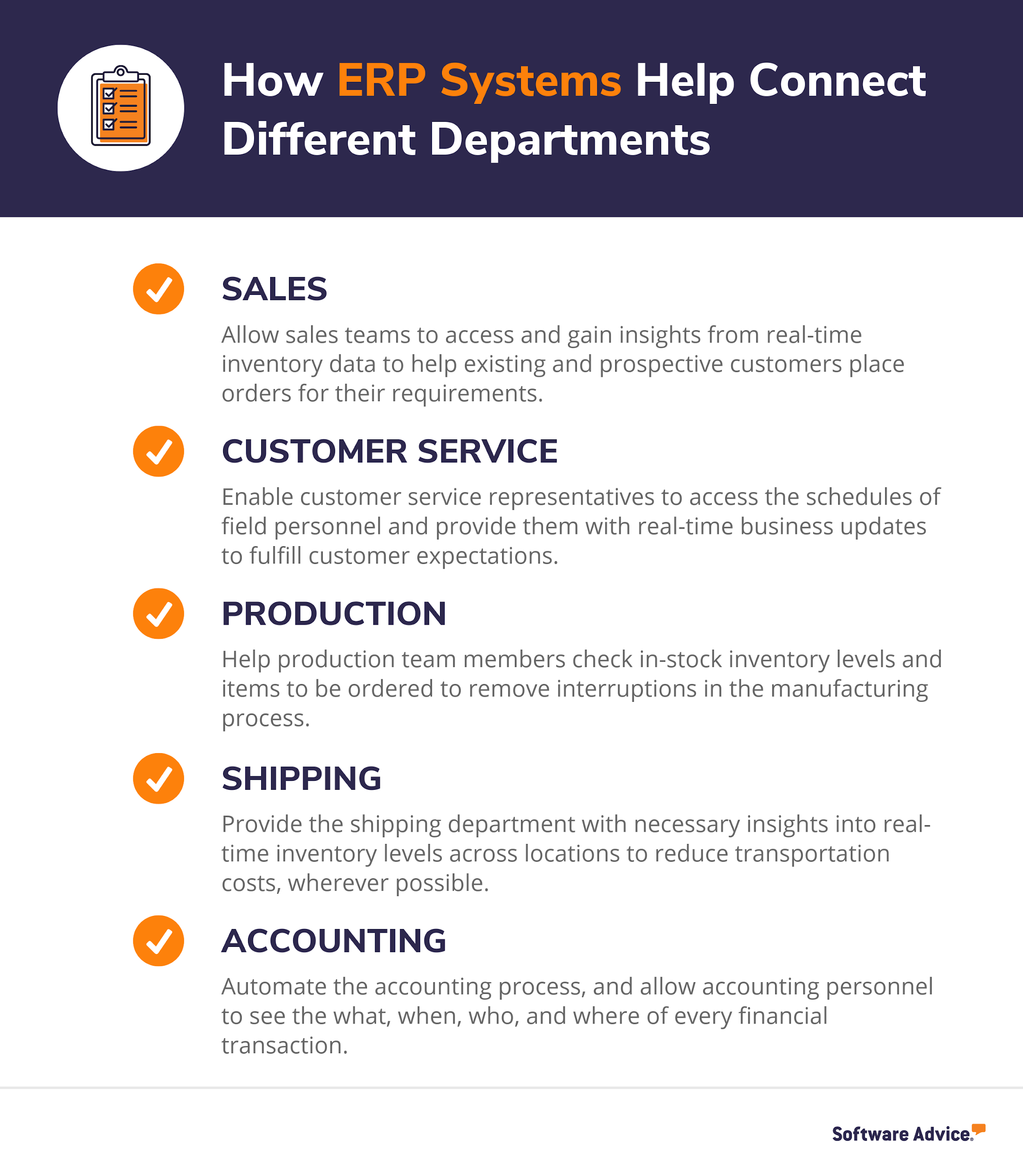3 Ways ERP Software Supports Change Management
With businesses going digital, workplaces are constantly evolving. Processes, technologies, people strategies—changes are being introduced at every level. Legacy processes are being phased out to ensure optimum utilization of available resources and infrastructure. However, such initiatives often result in extensive internal process changes that are not always easy to manage.
Change management involves all the measures companies take to prepare for and support a business change. These include the various methodologies used to optimize the resources, allocated budget, and operations of existing projects. But change management isn’t only about projects and processes; it also includes employees and how their roles get affected. You’ll have to prepare, support, and equip your staff to adopt the proposed changes, or they can result in widespread backlash.
But if you’re using an enterprise resource planning (ERP) system, your change management initiatives can be much smoother. Businesses using ERP software are equipped with agile data sharing, a prerequisite for change management. During any internal change or transformation, these types of businesses are better prepared to tackle data access and loss challenges. In this article, we’ll show you three ways in which ERP software supports change management.
Here’s what we’ll cover:
Provides access to up-to-date data from a single source
Whenever a business case is made for a change initiative, it’s backed by data. Businesses that prepare themselves well by collecting, storing, and providing accurate data to everyone are the best positioned to successfully execute a change initiative.
How does ERP software help?
All ERP tools have a single, shared database that supports multiple functions. Rather than having separate databases for different departments, businesses have access to a single data source, which leads to higher visibility and streamlined changes across departments. This also makes it easier for change agents—team leads or managers responsible for process changes—to make informed decisions.
ERP dashboards offer visual descriptions of key business/department metrics using color-coded bar charts and graphs. For change management, it’s crucial that all employees have access to data metrics to successfully track and measure change processes. Real-time data enhances situational awareness so that your organization’s leadership and employees have access to accurate, updated information at all times.
What should you do? For successful change management, ensure that you’ve identified and plugged all your data sources—such as finance, sales, human resources, and inventory management system—into your ERP system.
Connects all departments for better communication
Communication is another key aspect of change management. Clearly communicating the intent and implications of a change is critical to the success of change management initiatives. Without a complete understanding of future process changes, it’s only natural for employees to feel confused about how the change will impact their existing roles and responsibilities. Employees should also be able to openly communicate with change agents in case of any concerns.
How does ERP software help?
ERP software offers a centralized database that’s not specific to any single executive or department. This data can be accessed by everyone, and all communication can be traced back to a single database. All departments can see the whole system in action and understand their exact place and role within the system.
ERP software also ensures that consistent messages are shared across departments, such as sales, customer service, production, operations, shipping, and accounting. This ensures inter-departmental tasks are streamlined, and all business units are communicating well during change initiatives.

What should you do? Include all departments in your change initiatives so that everyone is onboard and receiving the same information at any given time.
Protects your data during transformation
During any process change or internal transformation, the biggest risk is data loss, and the majority of this data loss is due to human negligence. There are also chances that sensitive data can get duplicated or mistranslated during internal transitions.
How does ERP software help?
ERP software ensures only authorized personnel can change or update data. Businesses can define access controls based on user roles. For change processes, only authorized users are allowed to create, update, and close the change tasks assigned to different employees. The software also maintains detailed audit logs to track who made what changes to the existing data. This ensures complete visibility so that business data remains protected at all times.
What should you do? Implement access control to protect sensitive data from unauthorized access. Thoroughly vet users and restrict ERP access on a strict need-to-know basis. Also, implement security measures such as two-factor authentication for your ERP tool’s firewall.
Conclusion and next steps
Successfully implementing change management initiatives is a collaborative effort, and with ERP software, you can streamline process changes with minimal impact on productivity.
As discussed in this article, take a few concrete steps, such as connect all your data sources to ERP software, involve your staff members to ensure consistent communication, and implement access control for sensitive data, to manage change processes better. These steps will ensure that your business and employees have a smooth change management experience. You can also visit our ERP software directory to select a tool that best fits your change management requirements.
If you need help in choosing a specific ERP tool, our advisors are here for you. Software Advice advisors provide free, fast, and personalized software recommendations, helping businesses of all sizes find software that meets their specific business needs. Schedule an appointment with an advisor here.